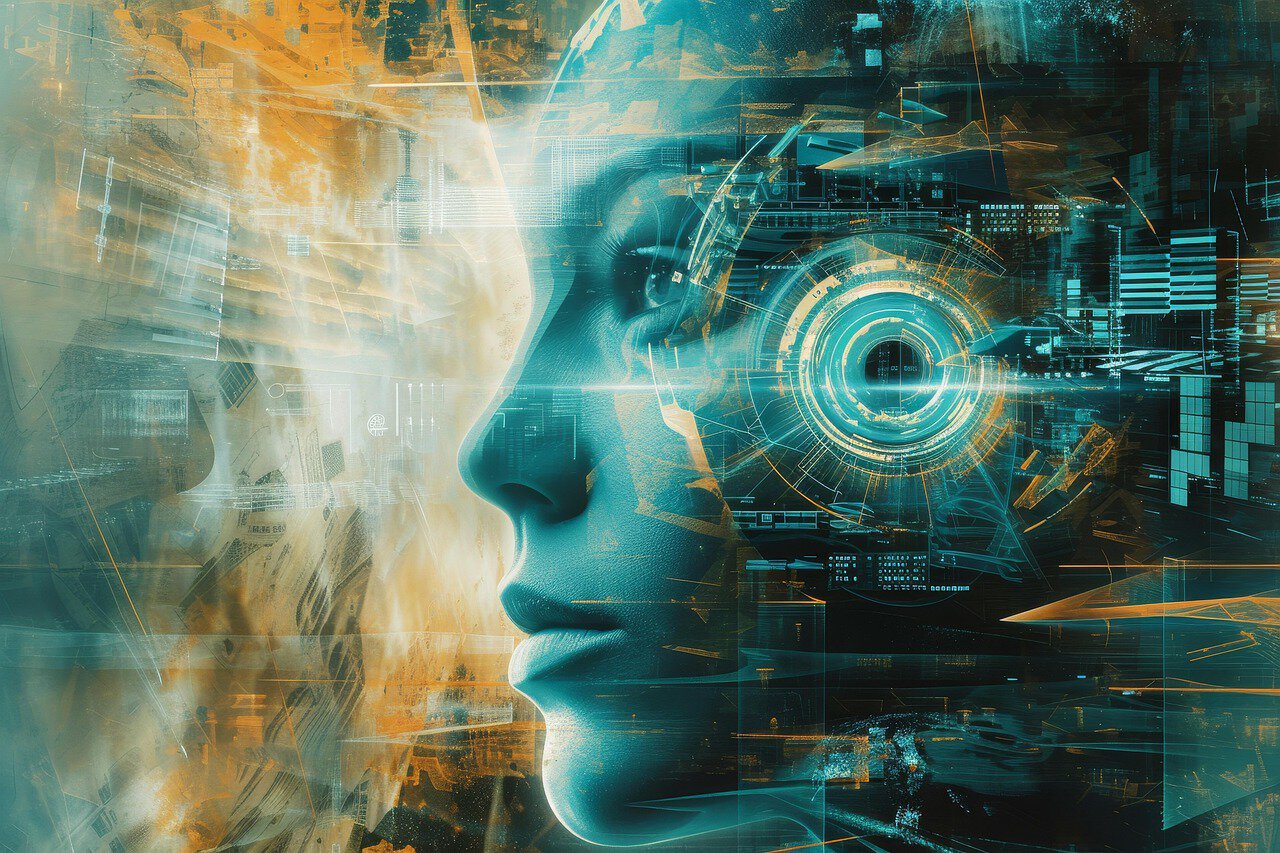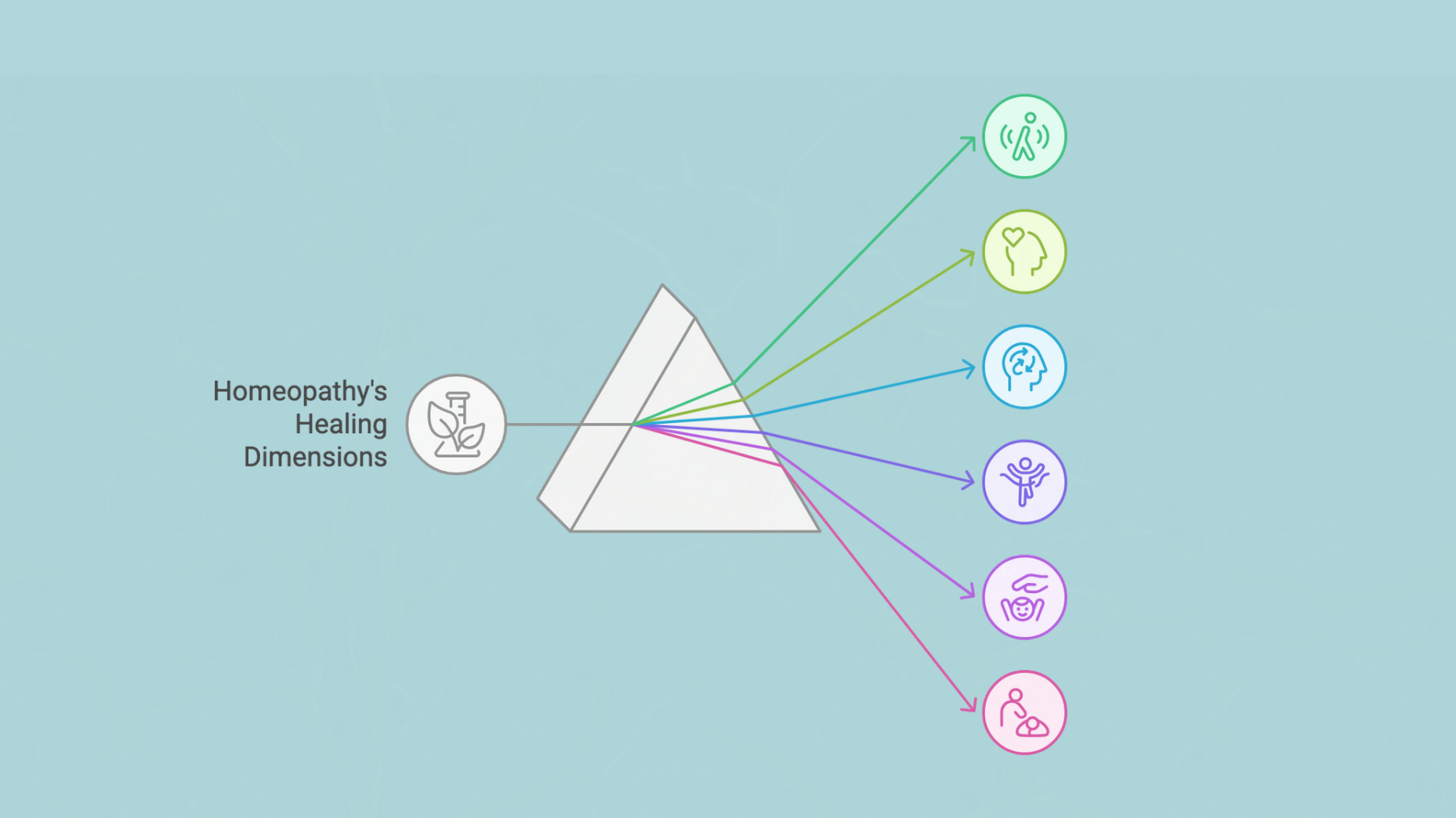We’re entering a new era of medicine, one where Artificial Intelligence promises to revolutionize healthcare. Diagnosis by algorithm, treatment by predictive model, emotional support by chatbot. With enough data, we’re told, we’ll unlock the secrets of the human body and solve illness like a math problem.
But here’s the deeper question no one’s asking:
Can we actually heal this way?
Because healing isn’t just about information. It’s not about identifying what’s wrong and applying the right intervention. That’s repair. That’s mechanics. Healing is something else entirely.
And if we lose sight of that, if we forget what health really is, then no matter how “advanced” our tools become, we’ll still be operating from a broken paradigm.
The Machine Model of Medicine
The dominant medical worldview is built on a materialist foundation: the body is a machine, symptoms are malfunctions, and diseases are problems to be eradicated.
AI just turbocharges this model.
With the right data sets, it promises ultra-personalized medicine, earlier detection, more accurate diagnosis, faster pharmaceutical development, and even robotic empathy simulations for mental health.
This vision is seductive, especially for those who’ve felt failed by conventional systems. Chronic pain, autoimmune loops, mystery syndromes, unresolved fatigue. AI seems to offer the clarity that standard care lacks. A smarter system and a more efficient fix.
But there’s a deeper distortion here. Not in the technology itself, but in the assumptions beneath it.
Because no amount of precision solves the wrong problem.
When More Data Still Misses the Point
The root cause of chronic illness is rarely just biochemical. It’s not a gene. It’s not a bacteria. It’s not even “stress” in the vague way we often use the term.
In truth, chronic illness is often multifactorial, because human beings are complex systems. Symptoms tend to emerge when emotional, mental, and physical stressors stack up over time, without resolution or integration.
One of the most common threads I see is this:
The system begins to break down when we can no longer integrate certain emotional states or shift the mental frameworks that no longer reflect reality.
When perception is out of tune with what is, or when core emotions remain unprocessed, the body absorbs the strain. It expresses that tension through inflammation, dysfunction, or persistent imbalance.
That said, not every symptom is an embodied expression of unintegrated experience. Some arise from purely physical causes toxic exposures, nutrient deficiencies, or biomechanical stress. In those cases, direct physical treatment is entirely appropriate and effective.
But for the many people living with chronic, cyclical, or unexplained illness, symptoms are often the mirror of an internal misalignment. Not a flaw in the body, but a message from it.
It’s the internalized belief systems we’ve absorbed.
The emotions we’ve suppressed for decades.
The stories we unconsciously live by.
The nervous systems we had to shape in order to survive.
It’s the invisible architecture of mind and emotion, subtly sculpting our biochemistry, and then mirrored back to us as symptoms.
You can’t scan this. You can’t reduce it to code. It won’t show up in a lab test. It lives in context. In complexity. In consciousness.
And while AI can map patterns in data, it still cannot read meaning.
That said, not every symptom is symbolic. Some imbalances are straightforwardly physical, and in those cases, physical treatment is both appropriate and effective. But in the chronic, cyclical, or unexplained illnesses that so many live with today, symptoms are often a mirror reflecting a much deeper misalignment.
Symptoms Are Not Errors
One of the deepest failures of the high-tech model is this:
It still sees symptoms as mistakes.
As disruptions to be silenced or corrected.
But symptoms are not errors. They are messengers. They are how the body communicates disconnection between body and mind, between self and truth, between who we are and who we had to become.
When we override symptoms without listening to them, we miss the deeper work. And that work can’t be done by machines. It requires human presence, deep attention, and the humility to sit with what’s unresolved.
Healing is not optimization.
Healing is integration.
A Different Lens: Real Healing Works Through the Layers
In my work, I focus on three inseparable dimensions of health:
- The Physical: the body, its symptoms, its energy, its tangible signals
- The Emotional: the unresolved grief, anger, fear, and suppressed feeling behind the body’s expression
- The Mental: the beliefs and identity patterns shaping how we perceive, act, and respond
Classical unicistic homeopathy, often misunderstood, works directly with these three. It listens to how the imbalance is being expressed across all levels. It doesn’t fight the body. It helps decode the message and support the whole system’s return to coherence.
And when those three levels begin to realign, when the physical reflects ease, the emotional begins to flow, and the mind loosens its grip, a deeper form of inner alignment naturally emerges.
Intuition clears.
Truth rises.
The person comes back into congruence with themselves.
What AI Can Do and What It Can’t
I’m not anti-AI. I believe technology can play a role, when it serves a human-centered model, not replaces it.
AI might assist with diagnostics.
It might streamline admin, reduce clinician burnout, or even offer insights we’d otherwise miss.
But it can’t:
- Teach someone to feel safe in their body again
- Help a person grieve what they never got to grieve
- Decode the complex layers behind a lifelong illness
- Help someone reclaim their own agency, trust, or voice
These are the real roots of healing. And they will never be automated.
The Future Is Not Post-Human, It’s Re-Human
The deepest danger of AI in medicine isn’t its power. It’s our willingness to believe that healing can be mechanized, that more information equals more wisdom.
But healing was never about information.
It’s about transformation.
And that is a human journey.
So as the world races toward hyper-optimization, predictive biometrics, and synthetic empathy, let’s not forget:
- Suffering can’t always be solved. Sometimes it must be integrated.
- Complexity can’t always be collapsed. Sometimes it must be respected.
- And no machine, no matter how sophisticated, can replace the healing power of being fully seen, heard, and understood, by another human being who knows how to listen.
If this resonates, it’s because you already feel the gap between what tech promises and what your soul still needs.
Smarter machines won’t heal us.
Only deeper understanding can.



